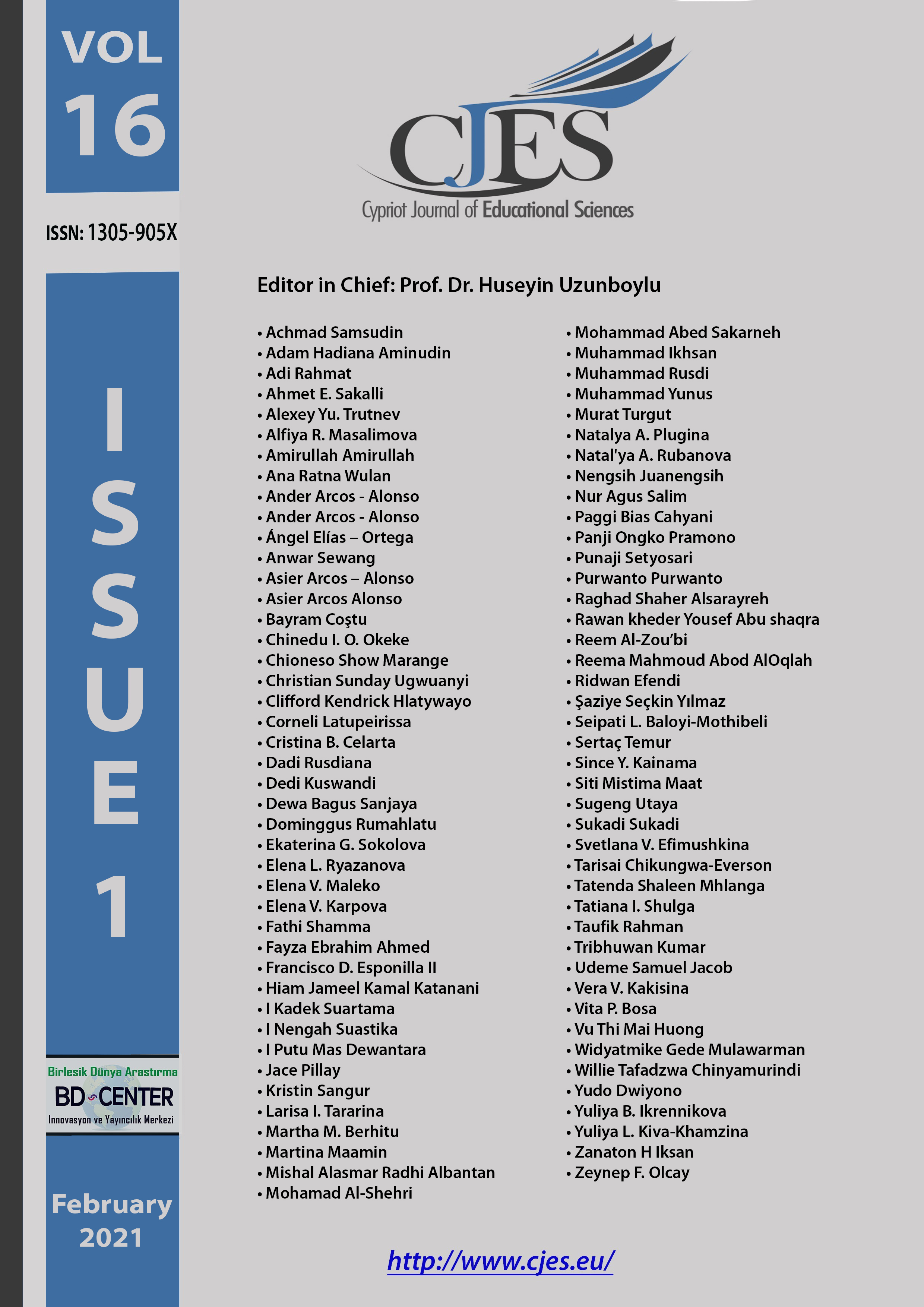Assessing instructors’ usage of emojis in distance education during the COVID-19 pandemic
Main Article Content
Abstract
This research assessed instructors’ usage of emojis in distance education for high diploma students. A quantitative approach was employed comprising an e-survey consisting of 11-items, one closed-ended question, and two open-ended questions. The participants were a randomly selected sample of 343 high diploma students, 243 attending Al al-Bayt University (AABU) in Jordan and 100 students attending the Arab Academic College in Haifa (AAC). The results indicated that instructors’ usage of emojis in distance education was moderate in both universities. All students strongly preferred instructors to use emojis to express what is on their minds as an alternative to facial expressions, and female instructors were more active in using emojis in virtual lectures. The emoji used most frequently by distance education instructors for the sample was the thumbs-up emoji. Based on the results, several recommendations are put forth that will be of value to researchers and workers in this field.
Keywords: Distance Education; Emojis; COVID-19
Downloads
Article Details

This work is licensed under a Creative Commons Attribution 4.0 International License.
Cypriot Journal of Educational Sciences is an Open Access Journal. The copyright holder is the author/s. Licensee Birlesik Dunya Yenilik Arastirma ve Yayincilik Merkezi, North Nicosia, Cyprus. All articles can be downloaded free of charge. Articles published in the Journal are Open-Access articles distributed under a CC-BY license [Attribution 4.0 International (CC BY 4.0)].
Birlesik Dunya Yenilik Arastirma ve Yayincilik Merkezi (BD-Center)is a gold open-access publisher. At the point of publication, all articles from our portfolio of journals are immediately and permanently accessible online free of charge. BD-Center articles are published under the CC-BY license [Attribution 4.0 International (CC BY 4.0)], which permits unrestricted use, distribution, and reproduction in any medium, provided the original authors and the source are credited.

